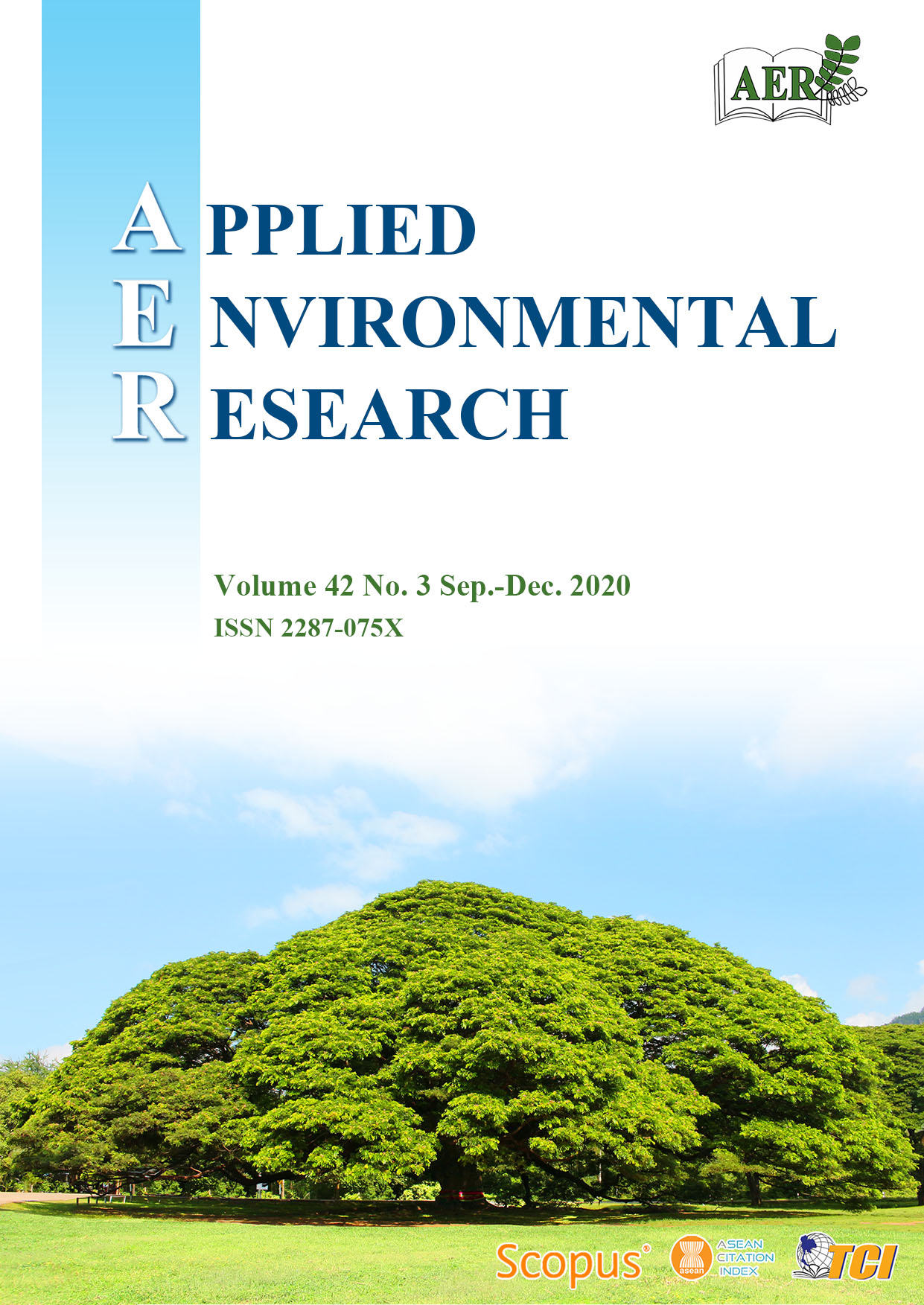Optimizing the Extraction of Phenolic Compounds with High Antioxidant Activity from Mango Seed Kernel Wastes Using Response Surface Methodology
Main Article Content
Abstract
Mango seed kernels (MSK), which are waste streams in the mango processing industry, are good sources of phenolic compounds with high antioxidant, anti-bacterial, and anti-viral properties. These phenolic compounds are reported to have an increasing demand over the years in the quest for healthy ready-to-eat food and nutraceuticals. To recover these compounds from MSK, solid-liquid extraction (SLE) can simply be applied, although there is a knowledge gap in the systematic exploration of this process for mango-based phenolic compounds. In this work, phenolic compounds were extracted from MSK through SLE using ethanol-water solvent system. A statistical-based approach was used to evaluate and optimize the extraction conditions in relation to the yield of phenolic compounds from MSK. The central composite design together with response surface methodology was adopted to assess the effect of extraction temperature (30oC, 45oC, and 60oC) and ethanol concentration (25%, 50%, and 75%) under fixed extraction time (105 min) and solid-to-solvent ratio (1:10) on the extraction yield. Both temperature and ethanol concentration provided positive effects on the yield and the optimum conditions of temperature and ethanol concentration were obtained at 63.21oC and 53.21% ethanol, respectively. A second-order polynomial equation was obtained describing the extraction process, and a validation test of this response model showed that it sufficiently described the process. Furthermore, the extracts obtained at optimal conditions possess a potential antioxidant activity at IC50 = 45 ± 0.002 µg GAE mL-1 extract. The results indicated that phenolic compounds in MSK can be recovered through extraction using aqueous ethanol. This study also promotes value-addition of a seemingly useless waste material while reducing its health and environmental impact.
Article Details

This work is licensed under a Creative Commons Attribution-NonCommercial 4.0 International License.
Published articles are under the copyright of the Applied Environmental Research effective when the article is accepted for publication thus granting Applied Environmental Research all rights for the work so that both parties may be protected from the consequences of unauthorized use. Partially or totally publication of an article elsewhere is possible only after the consent from the editors.

